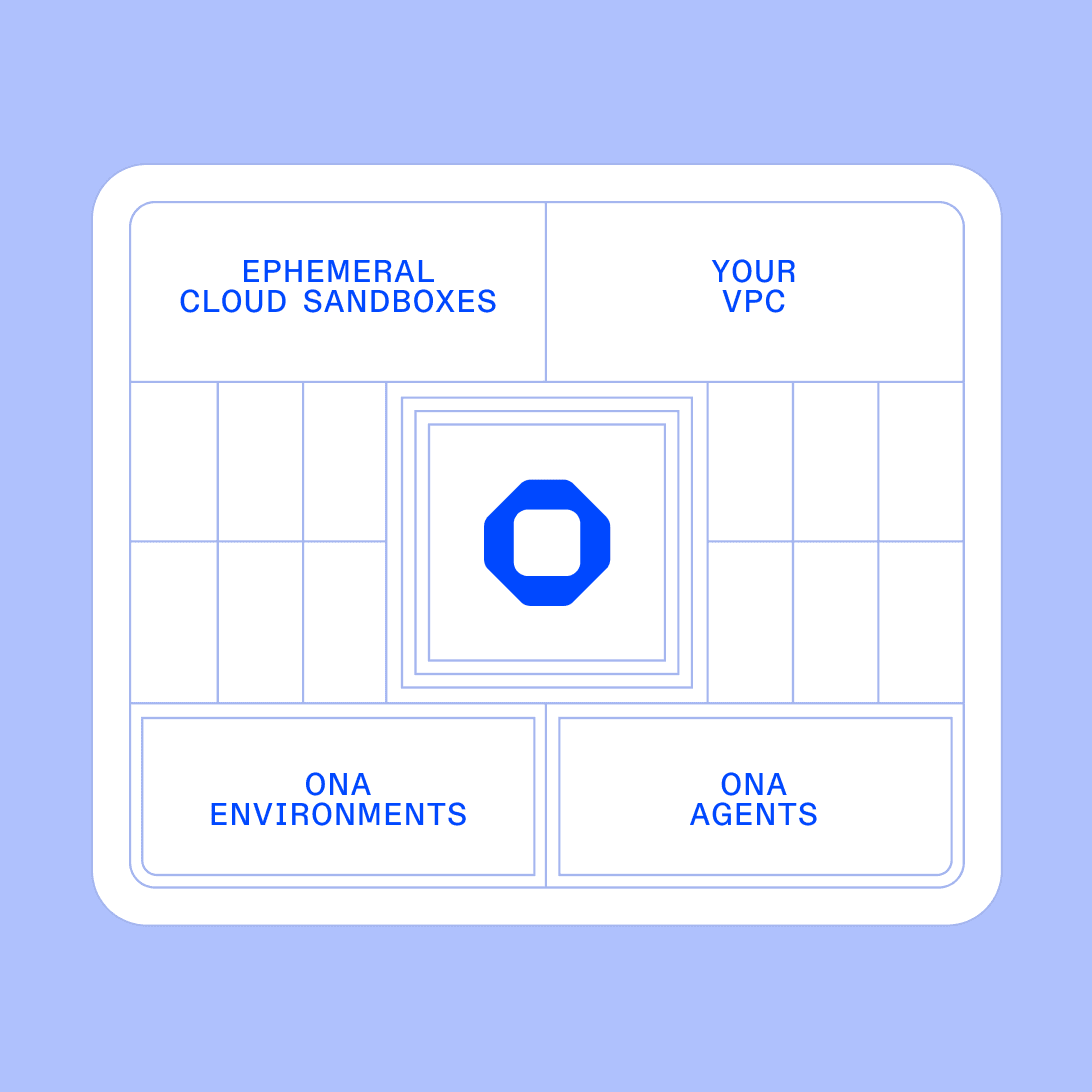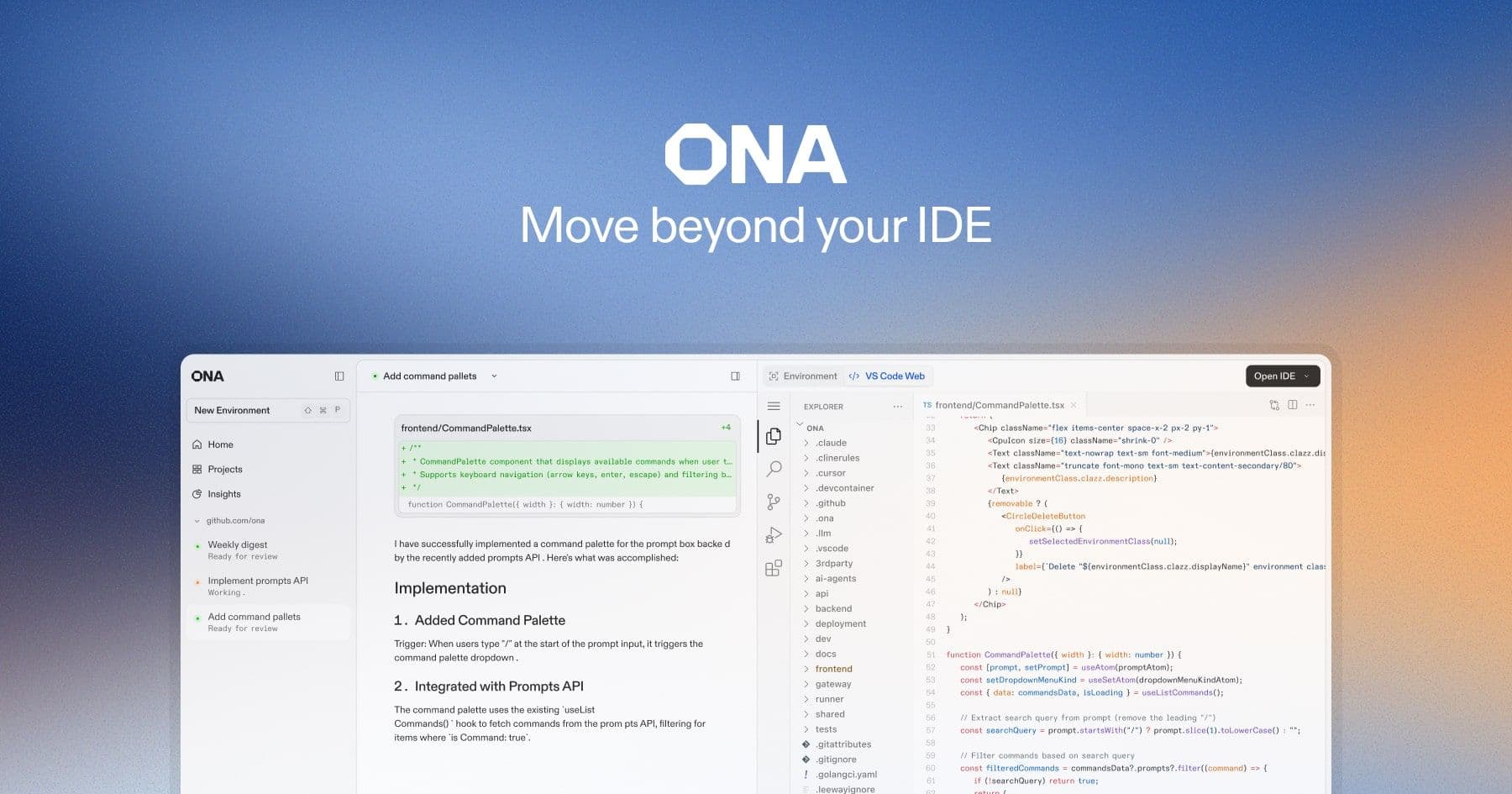Why org-wide migrations are the next strategic AI frontier
For organizations managing vast brownfield technology estates the challenge of AI isn't code generation, but achieving maintenance 'at scale' and continuous codebase evolution.

Coding assistants have emerged as the leading use case for AI in software development, yet the current market overwhelmingly caters to individual developers. While "vibe coding" tools generate headlines with rapid prototyping capabilities, security conscious companies face a disconnect: helping developers write new code faster isn't the bottleneck. For organizations managing vast brownfield technology estates with thousands of repositories, legacy systems, and complex interdependencies, the challenge is maintenance at scale.
The fundamental characteristics that make agents effective at code generation do also position them uniquely to solve brownfield challenges that plague enterprises. Unlike human developers who need weeks to understand a new codebase, agents can rapidly assimilate entire codebases, identify patterns across vast surface areas, and execute iterative, long-running tasks without fatigue. They excel at the mundane but repeatable work that consumes developer time: dependency upgrades, security patching, coding standard enforcement, and architectural migrations. Critically, agents can operate simultaneously across hundreds of repositories, maintaining consistency and coordination that would be impossible with human teams.
This enables a new operational model. Rather than expecting individual development teams to own their full stack as Werner Vogels' famously coined as: "you build it, you run it" organizations can now create a clear division of labor. Whereby centralized teams can leverage agents to automate organization-wide concerns like security vulnerability remediation, compliance updates, technology migrations, and architectural standardization. This brings evolutionary architecture's "fitness functions" concept to life, where organizational baselines are defined and continuously enforced across entire technology estates without burdening development teams.
However, to realize this transformation requires enterprises to solve fundamental technical challenges for agent deployment in secure environments. Organizations need secure model integration that maintains data sovereignty, robust agent identity systems that integrate with existing access controls, comprehensive visibility platforms to monitor large-scale migrations across thousands of repositories, and sophisticated orchestration capabilities that enable phased rollouts—starting with pilot projects, learning from migration outcomes, and scaling the successful patterns across the entire enterprise.
Reactive, strategic, and continuous: the three types of migrations
Migration challenges fall into three distinct patterns, each with different triggers, timelines, and organizational impacts:
- Crisis-driven and reactive migrations emerge without warning and demand immediate organizational response when external forces threaten system stability or compliance—security vulnerabilities, vendor deprecations, or regulatory deadlines that can't be negotiated. The Log4Shell incident shows how security findings instantly transform what was entirely working systems into urgent targets for migration, causing disruption to planned work, timelines and customer value. Similarly, when cloud providers deprecate services or framework maintainers sunset software versions enterprises have no choice but to adapt.
- Planned or strategic migrations represent proactive organizational investments in long-term competitive positioning or modernizing technology stacks as part of digital transformation to enable competitive advantages and address talent acquisition. These initiatives are driven by recognition that current technology choices limit hiring pools or prevent the adoption of modern development practices and therefore hinders innovation. Migrations from COBOL are driven commonly out of challenges in finding talent. Infrastructure modernization projects such as migrating from on-premises to cloud platforms are designed to increase organizational agility, or represent strategic technology bets
- Continuous and evolutionary migrations address the reality that growing organizations naturally develop inconsistencies that become increasingly expensive to maintain, preventing organizations from standardizing and consolidating approaches and capture economies of scale. With different package managers, inconsistent linting standards, and varying formatting approaches across projects create overhead without value. Take the example of standardizing log formats across an enterprise, to centralize ingestion and reduce operational cost. Realizing these benefits requires coordinating changes across hundreds of development teams that typically involves RFCs, ADRs, centralized documentation, councils, and committees.
By automating migration execution and reducing developer involvement, organizations can reclaim development capacity and accelerate digital transformation by shifting migrations from developer-intensive projects to centralized, automated processes that shift how enterprises can manage their technology estates. Instead of migrations being disruptive events, they are routine operational capabilities that maintain system health.
Fixing the infrastructure gap for agent-driven migrations
Understanding the migration opportunity is only the first step as realizing it requires enterprises to build foundational capabilities. Deploying AI agents for large-scale migrations demands sophisticated infrastructure that can securely orchestrate hundreds of autonomous agents across thousands of repositories while maintaining the governance, compliance, and reliability standards that secure organizations require.

Agent runtime and orchestration
The foundation begins with solving the challenge of providing agents with runtimes. Unlike individual developer tools running on local machines, large-scale migrations require dedicated, isolated execution environments that can operate securely within enterprise networks. The platform must have the ability to execute long-running migration environments that might take hours to complete, and also be able to cleanly tear down resources when finished.
Organizations need the ability to spin up hundreds of these agent runtime environments simultaneously, each configured with the specific tools, dependencies, and access permissions required. When migrating Java applications across multiple repositories, each agent will need different versions of Maven, internal libraries, and access to testing frameworks.
Solving the agent authentication and identity challenge
Once you have scalable runtime environments, the next challenge is identity and access.
The identity challenge for agents differs fundamentally from human access patterns. Agents don't log in once and maintain persistent sessions—they need programmatically generated, temporary credentials that are scoped precisely to their specific tasks. Each agent needs appropriate credentials to access the specific systems, repositories, and resources required for its assigned tasks without compromising security or creating overprivileged access scenarios.
Connecting and integrating agents to enterprise systems
With secure, scalable runtime environments and proper identity management in place, agents need sophisticated integration capabilities to interact with the complex ecosystem of tools, databases, and workflows that define modern enterprise development. Agents must respond to organizational triggers, and coordinate with human oversight processes. Modern integration standards like Model Context Protocol (MCP) provide frameworks for agents to securely access enterprise resources, but organizations must implement these connections while maintaining security boundaries and audit requirements. Development teams need clear processes for reviewing agent-generated changes, understanding the reasoning behind specific migration decisions, and maintaining confidence in automated modifications to critical systems.
Implementing enterprise security and guardrails
The final capability layer focuses on comprehensive governance and security controls that enable organizations to deploy agents at scale while maintaining the oversight, compliance, and risk management standards that secure organizations require. This includes integration with existing compliance processes, ensuring that agent activities generate appropriate audit trails, and maintaining the documentation standards that regulatory frameworks require.
These four capability areas—scalable orchestration, secure identity management, comprehensive integration, and robust governance represent the foundational capabilities that organizations require to realize the transformational potential of AI agents for large-scale migrations. The payoff is a fundamentally new approach to managing enterprise technology estates that transforms migration work from disruptive, resource-intensive projects into routine, automated capabilities that enhance rather than hinder innovation velocity.
Ona: secure, orchestrated agent migrations
The strategic opportunity for agents in large-scale migrations is significant with transforming reactive security patches to auto-remediation, accelerating strategic tech stack modernization efforts and accelerating standardization efforts. However, realizing this opportunity requires overcoming the hurdles of access to secure runtime orchestration, robust identity management, comprehensive enterprise integrations, and comprehensive governance frameworks.

Ona provides that foundation. Ona is designed specifically as a platform for orchestrating secure development environments that scale to support thousands of simultaneous agent operations within enterprise infrastructure. Each agent operation runs in isolated development environments that function as secure sandboxes for agent execution. These agents can operate entirely autonomously with only prompting or agent environments that can be accessed directly by human developers through embedded interfaces or desktop editor connections.
The platform operates under a privacy-first deployment model where everything runs within the customer's VPC, AI models are accessed privately, and all code and data remain within the organization's security perimeter. Ona is architected as self-hosted, but not self-managed, meaning organizations get the security benefits of running within their own infrastructure without the operational burden of managing another complex distributed system, maintaining a minimal operational footprint that platform teams can realistically support.
The platform handles the operational complexity of fine-grained access control over secrets and integrations, automated provisioning of dependencies and configurations, and dynamic scaling of development environments based on migration demands. This infrastructure approach transforms the foundational capabilities required for enterprise agent deployment from a significant engineering investment into a managed platform service, enabling organizations to focus on defining migration strategies rather than building agent orchestration infrastructure.
AI agents represent the infrastructure to make this shift from reactive, manual, processes to strategic, automated, centrally-orchestrated capabilities. Ready to transform your migration work from disruptive events into routine operational capabilities? Explore how Ona enables secure, orchestrated agent migrations at the scale your organization needs.